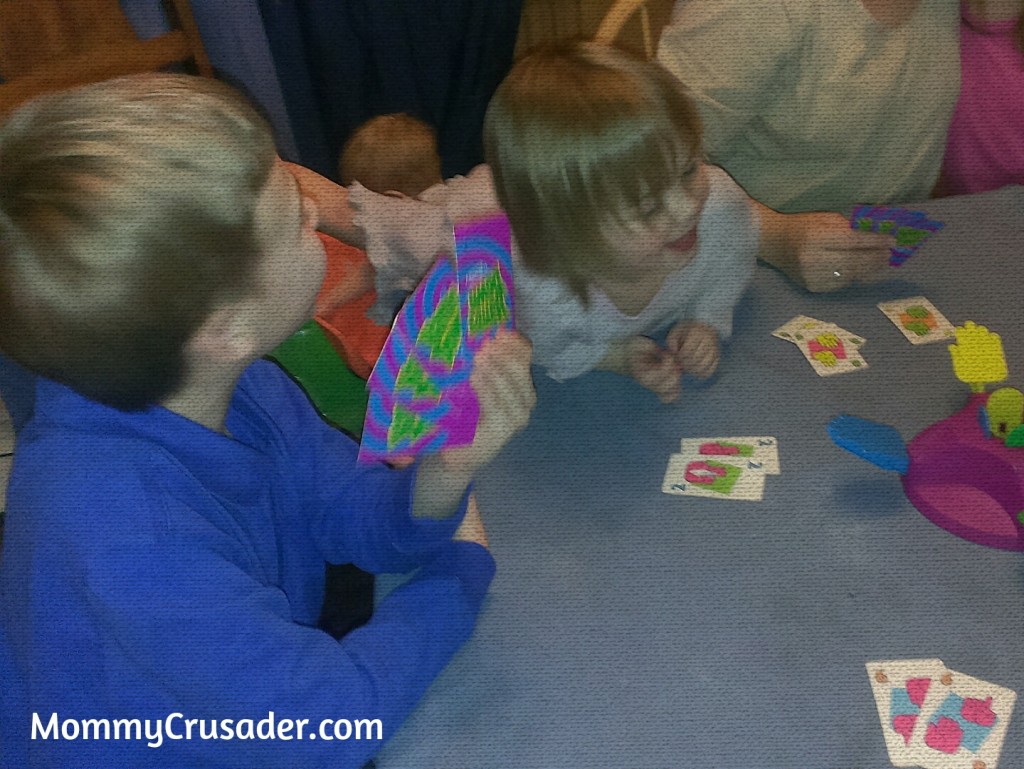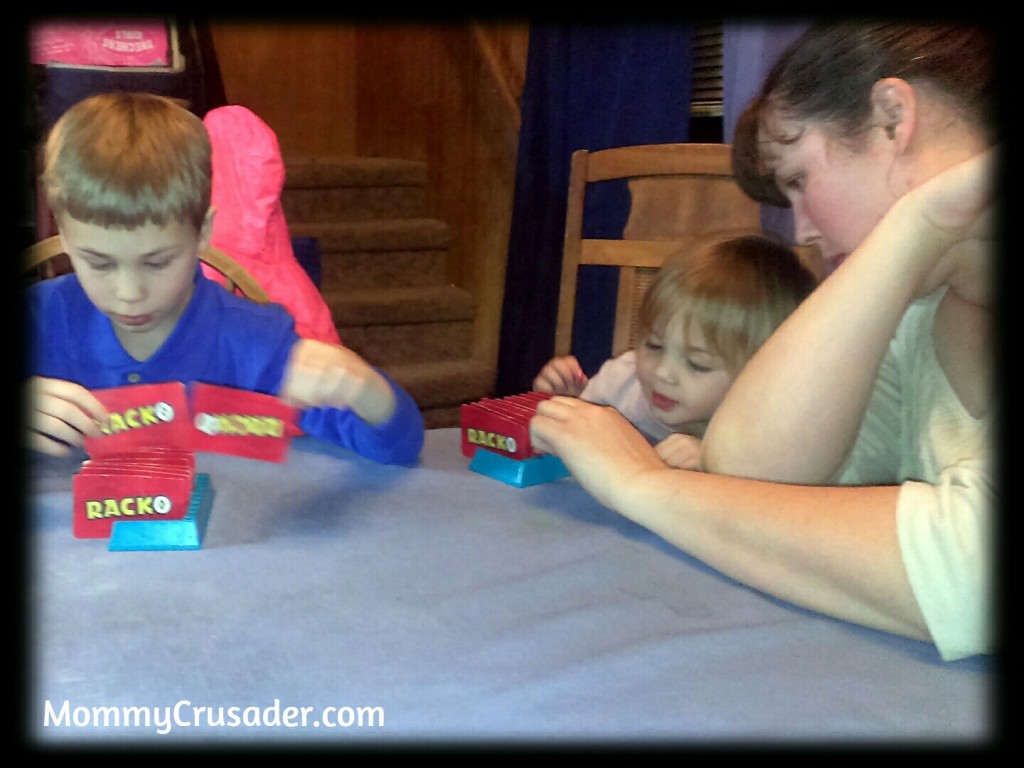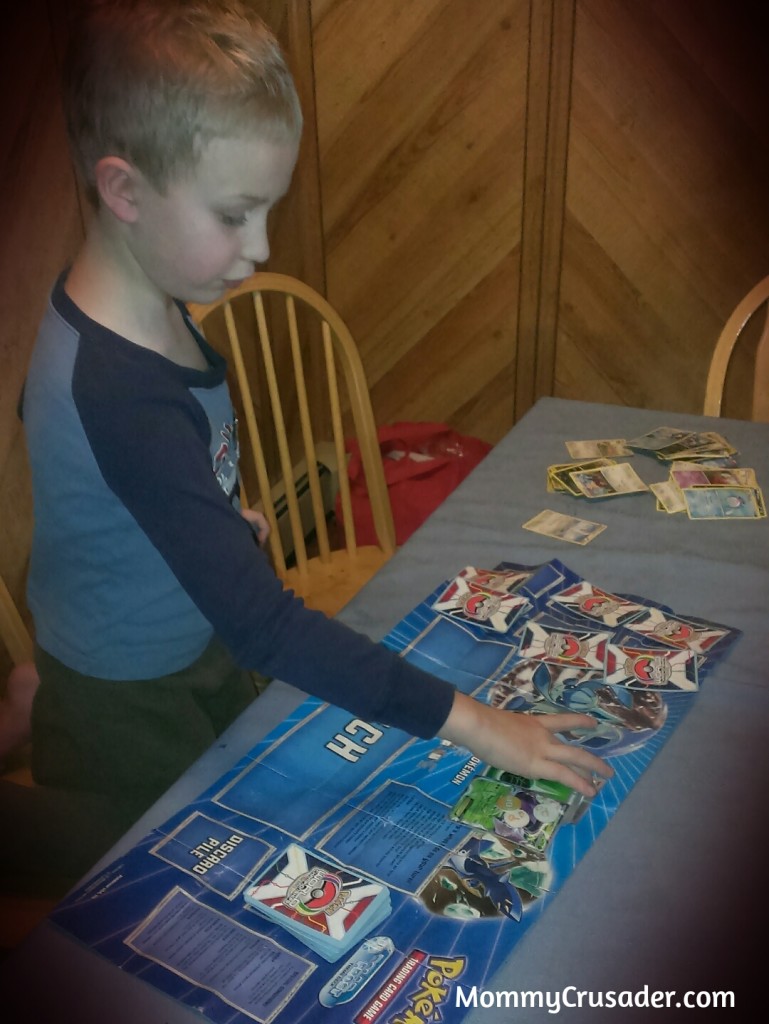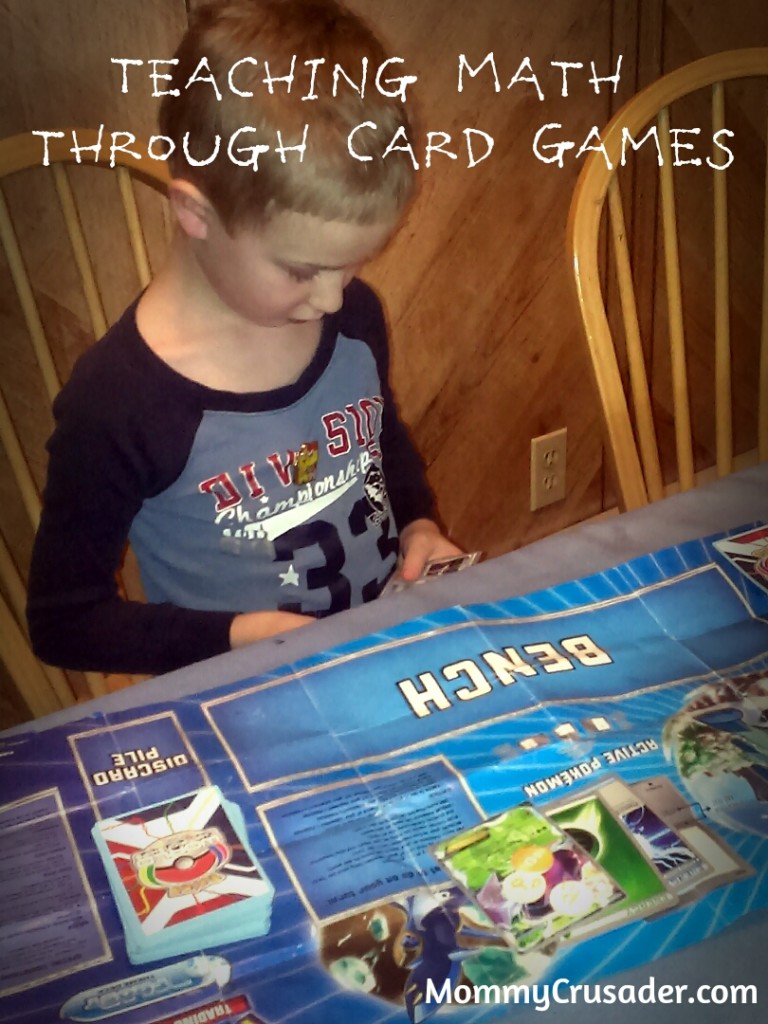*This post contains affiliate links.
My family loves to play games together. We play all sorts of board games, strategy games, and word games. It’s just fun to gather around the dining table and have a game night. We have collected a lot of games. My husband is a high school math teacher, and is always looking for different and engaging ways to teach math concepts. The more we thought about our game collection the more we realized there are many ways of teaching math through card games.
Some of our favorite math games include Hands Down, Uno, Racko, Skip Bo, and Pokemon the card game. These games are fun to play as a family. The more advanced games can be easily adapted for play by younger players. The adaptations allow the younger players to be exposed to the math concepts in the game in a non-threatening way. After all, it’s just a game! I love it when learning and fun coincide.
Hands Down and Uno are great for teaching number recognition.
Hands Down is a great game for anyone preschool aged or older. The focus of the game is to build pairs of matching numbers. The person with the most pairs wins the game. On a player’s turn, if the player’s hand has a matching pair, the player gets to slap the hands game piece and lay down the pair. Once one player has slapped the hand, all the other players need to slap the hand. There is a penalty for being the last to slap the hand game piece. Our four year old still needs to be on a team with a parent, but that’s not for the number recognition part of the game. She still has a hard time with not being the last to slap her hand.

Uno is a great matching game for older children. Younger children can still play this game, if they are teamed with a parent. In Uno, the object is to eliminate your hand by playing cards that match either the color or number showing on top of the discard pile. There are specialty cards that do things like reverse game play, make the next player draw 2 or 4 cards, skip the next player, or let the color being played be changed. The specialty cards make this game more difficult to play for younger players. Uno also has the added bonus of teaching not only number recognition, but color recognition.
Rack-O and Skip Bo are great at teaching number sequencing.
Rack-O is a classic card game that focuses on number sequencing. The goal is for the player to get the hand in order from lowest number to highest number. There are 60 cards in a Rack-O deck numbered from 1 to 60. Each player takes a turn drawing a card, placing a card, and discarding a card. The concept is simple, but the game is addicting to play. It is simple enough that Kindergarteners can play the game. The focus on placing the numbers in order is reinforced throughout the game play.

Skip Bo is another game where players work on sequencing numbers. The cards in Skip Bo are numbered from 1 to 12, with a few wilds (called Skip Bo cards) for fun. The goal is to eliminate your pile of 13 cards first. Cards are eliminated by playing them in the middle. Cards can only be played in sequential order from 1 to 12. The wilds can take the place of numbers as needed. The first person to use up their cards wins. This game is easy to play and great at teaching the order of numbers. Our preschooler enjoys this game and can play it with only minor parental help.
And believe it or not, Pokemon, the card game, is fantastic for teaching skip counting by tens.
Pokemon, the card game, is a current obsession for our Kindergartener. He loves this game. And I love that he enjoys playing it. This is a strategy game where each player tries to “knock out” the other player’s pokemon. The pokemon each have a certain amount of ‘hit points’ and certain attacks that they can use. The attacks are each multiples of ten, as well as the hit points. My kindergartner can see 170 and know that is equal to 17 tens. He also knows that if he is being attacked by a pokemon with an attack of 50, he can keep the pokemon alive for four turns. It really is amazing the math skills that this card game has taught my Kindergartner.

There’s a lot to be said for direct teaching of math skills. The reinforcement of those skills in a fun, and friendly manner helps the child retain the skills. And it’s an added bonus if the skills are learned in an everyday situation. Math is something we all use daily, and these games help children understand the application of math outside of the classroom.



Permalink
You really can learn a lot of math with card games
Permalink
And the kids don’t even know they are learning. Thanks for coming by and commenting.
Thanks for coming by and commenting. 